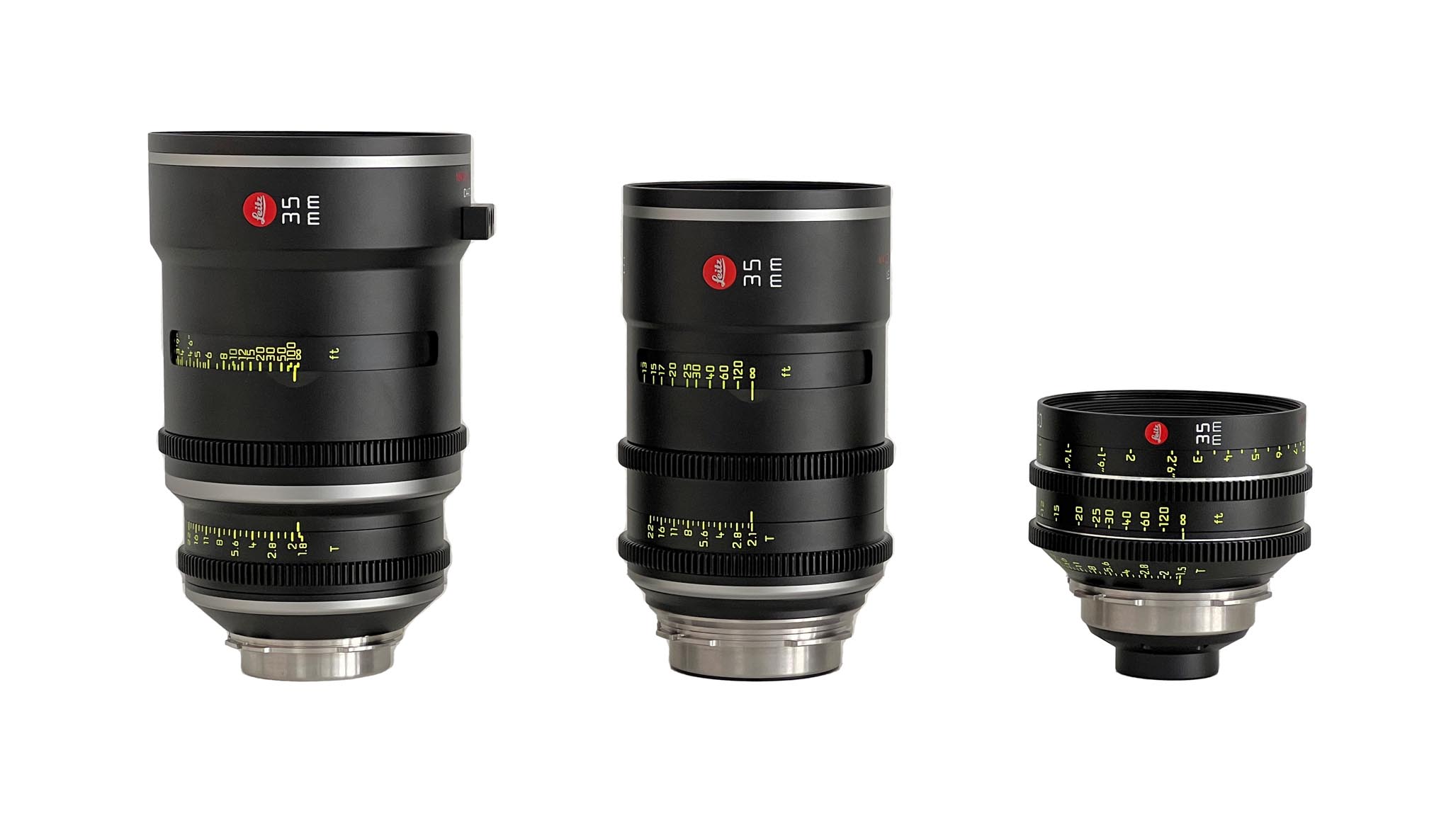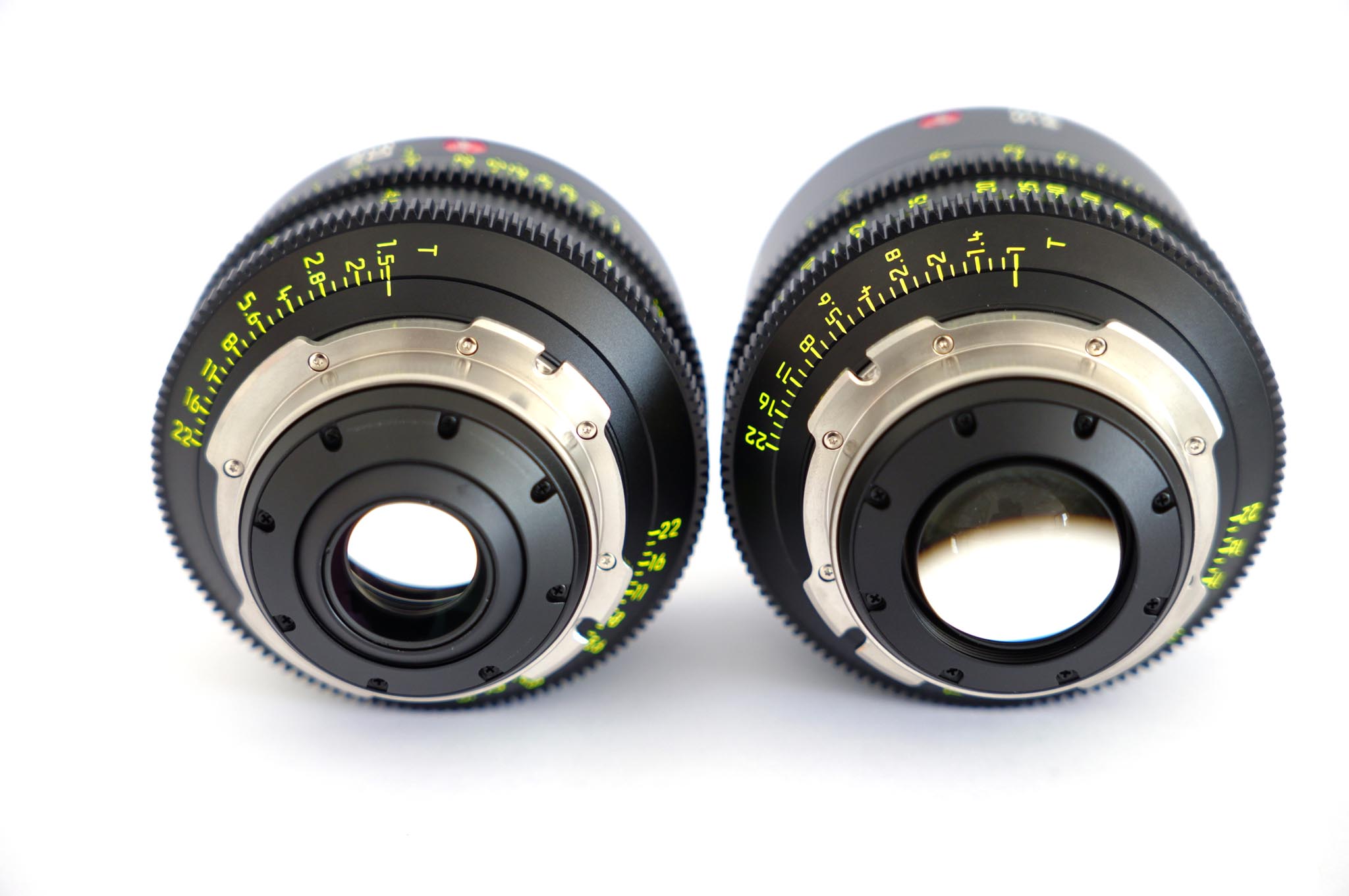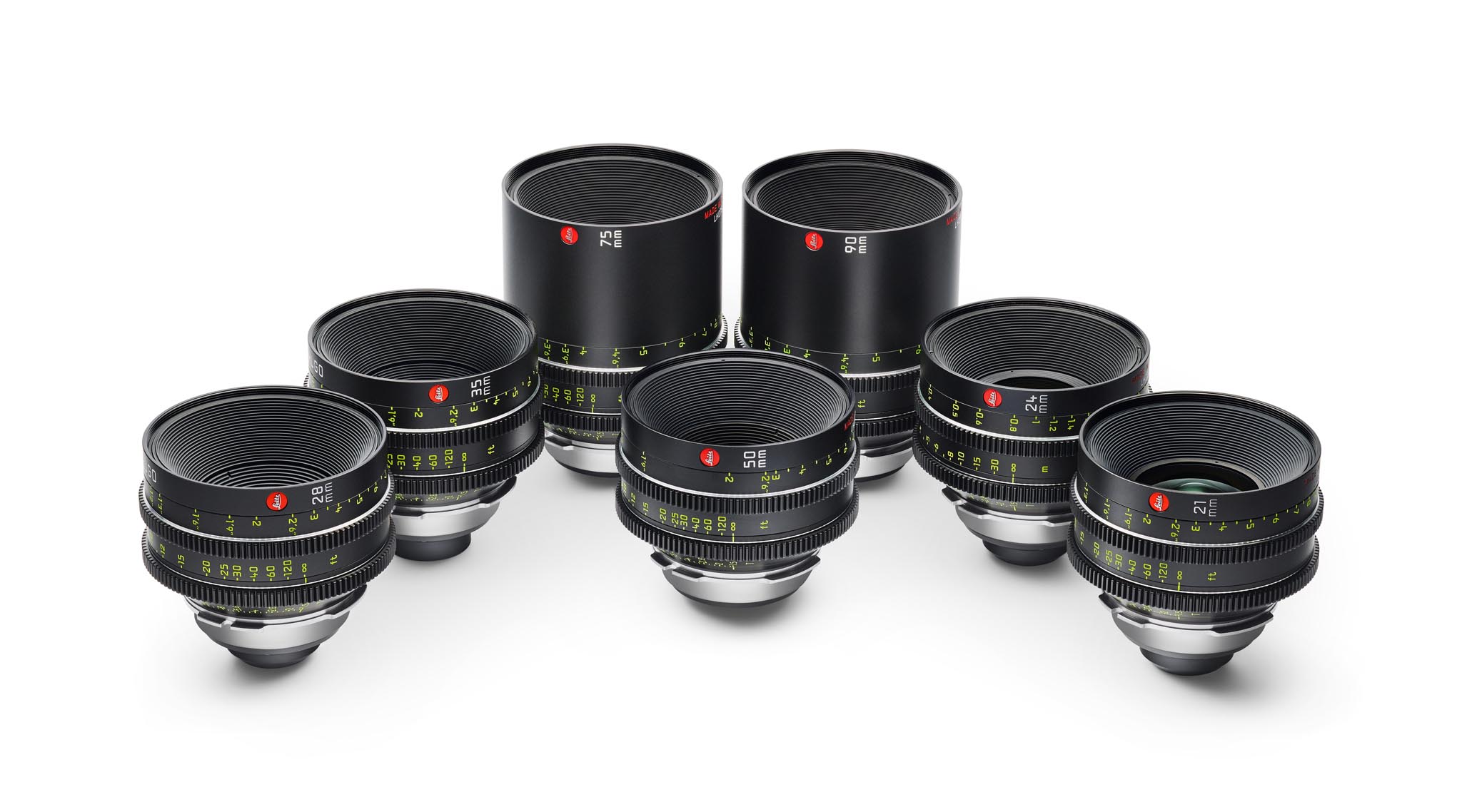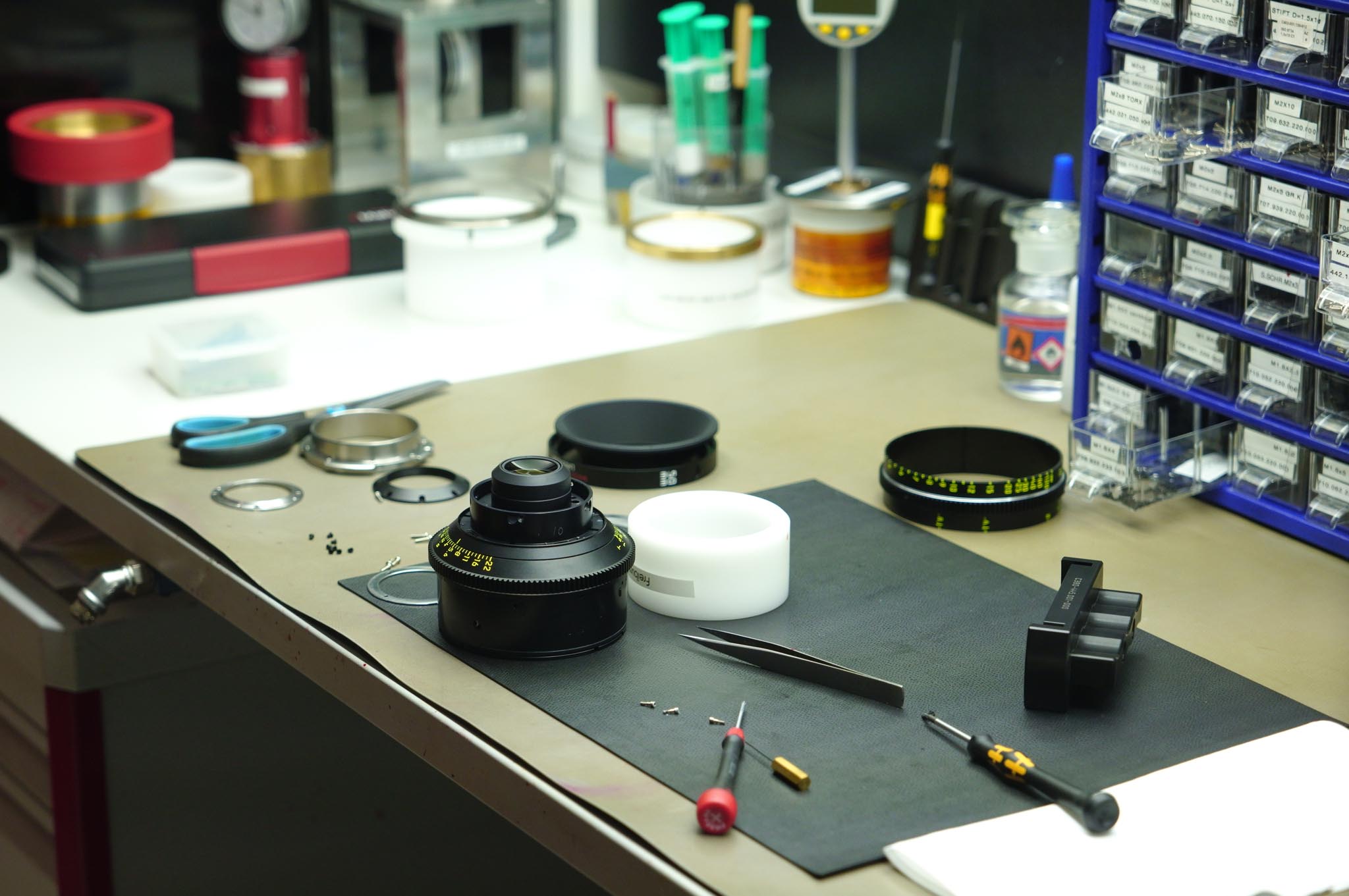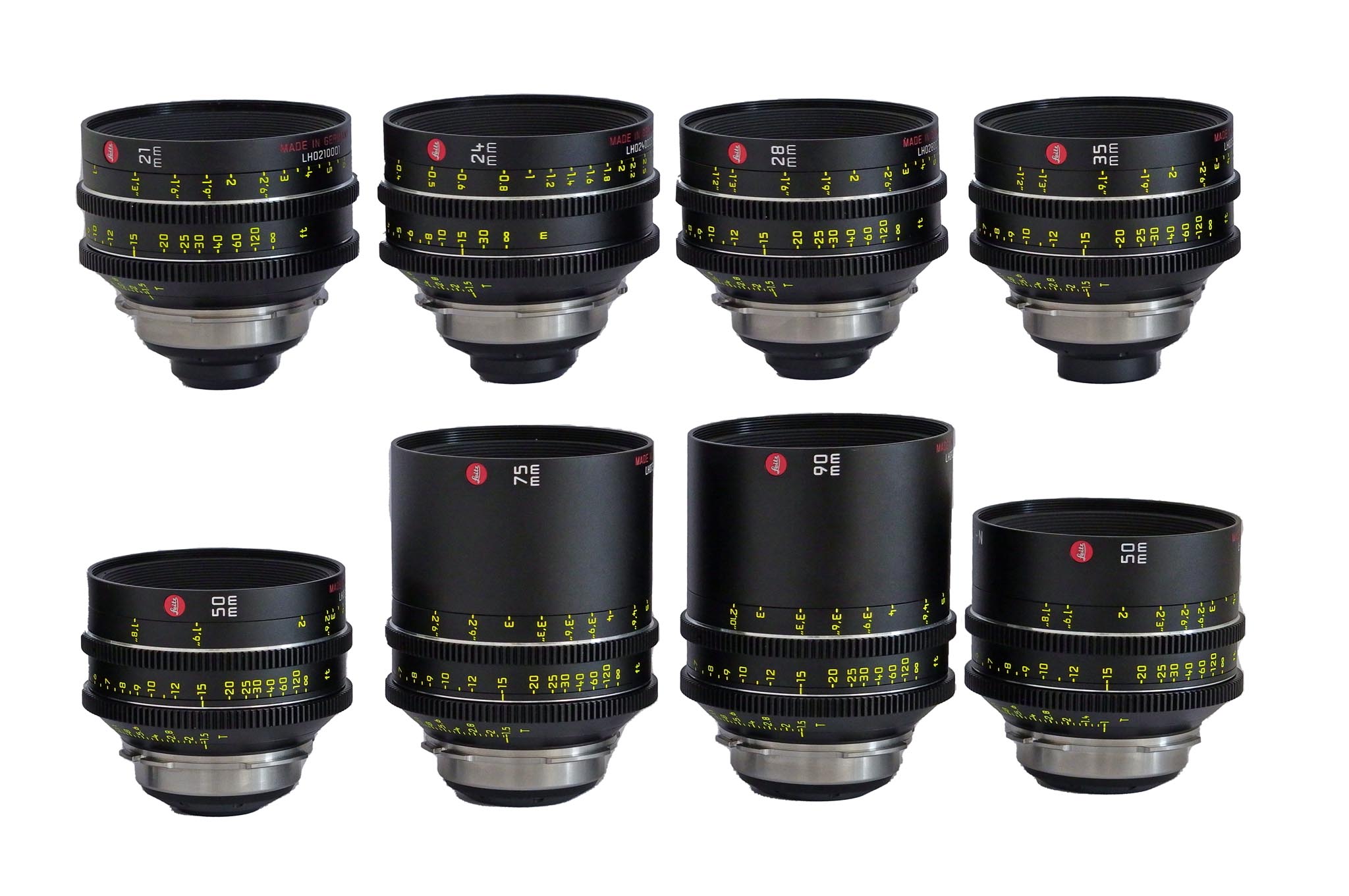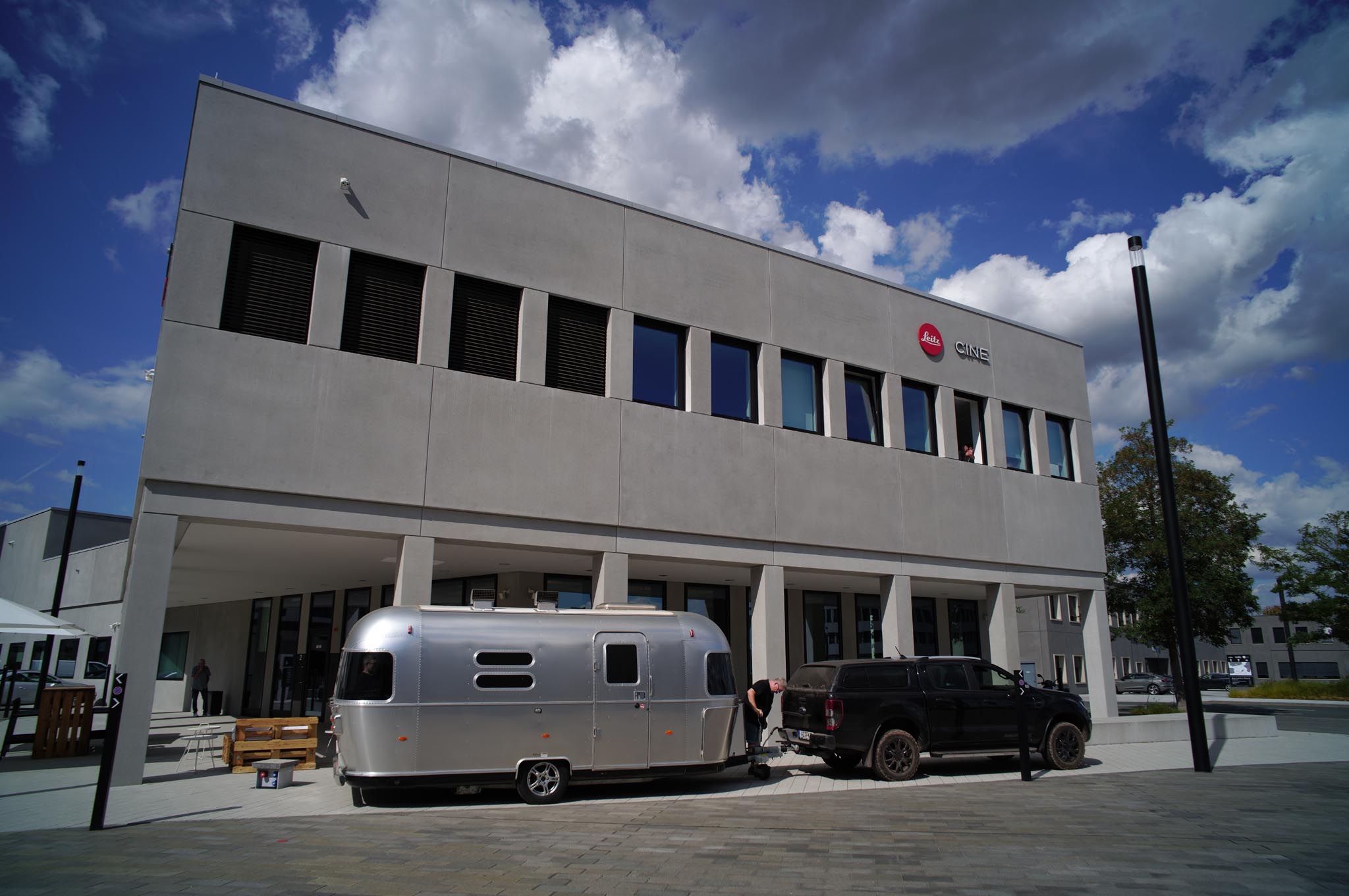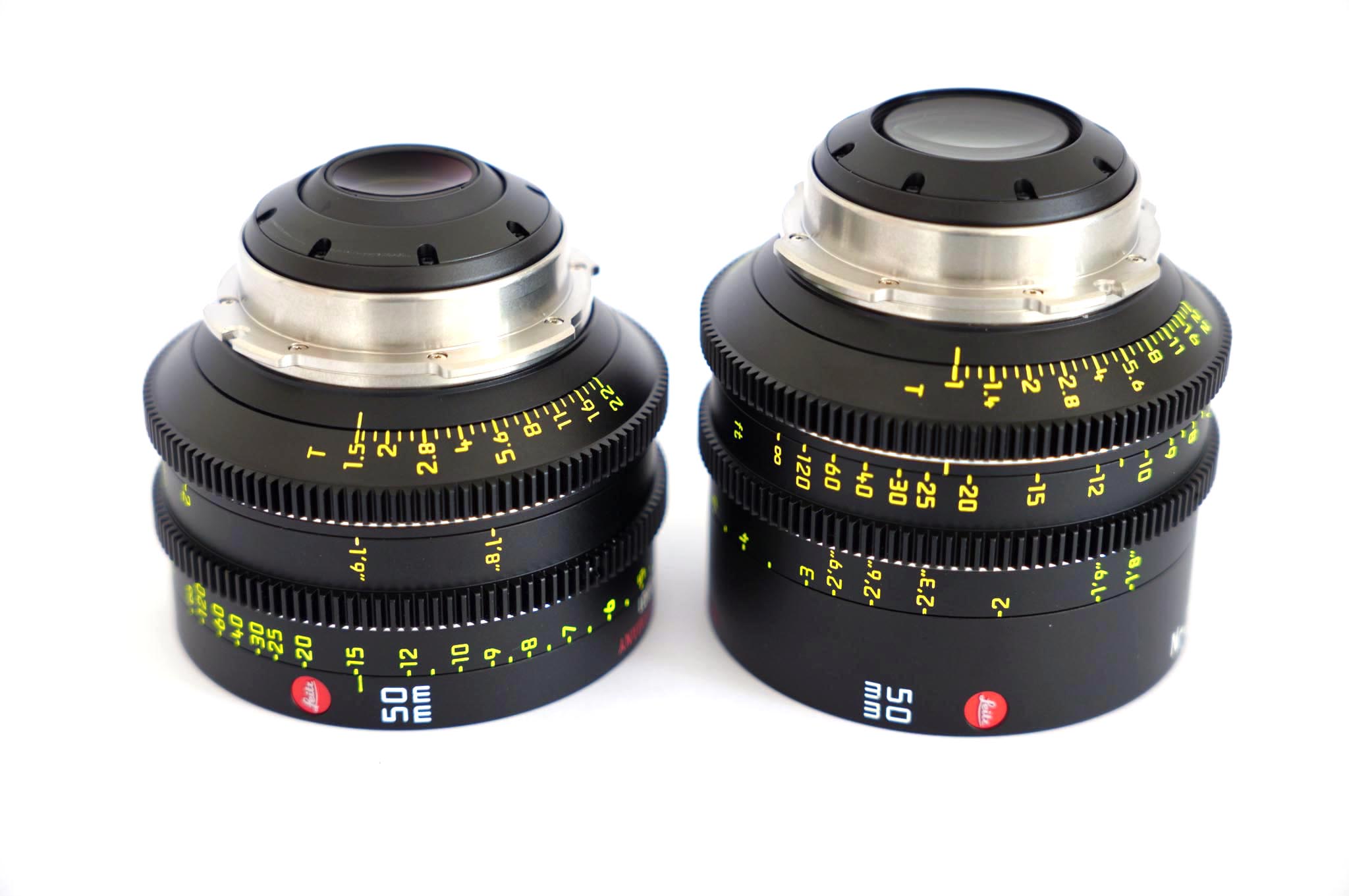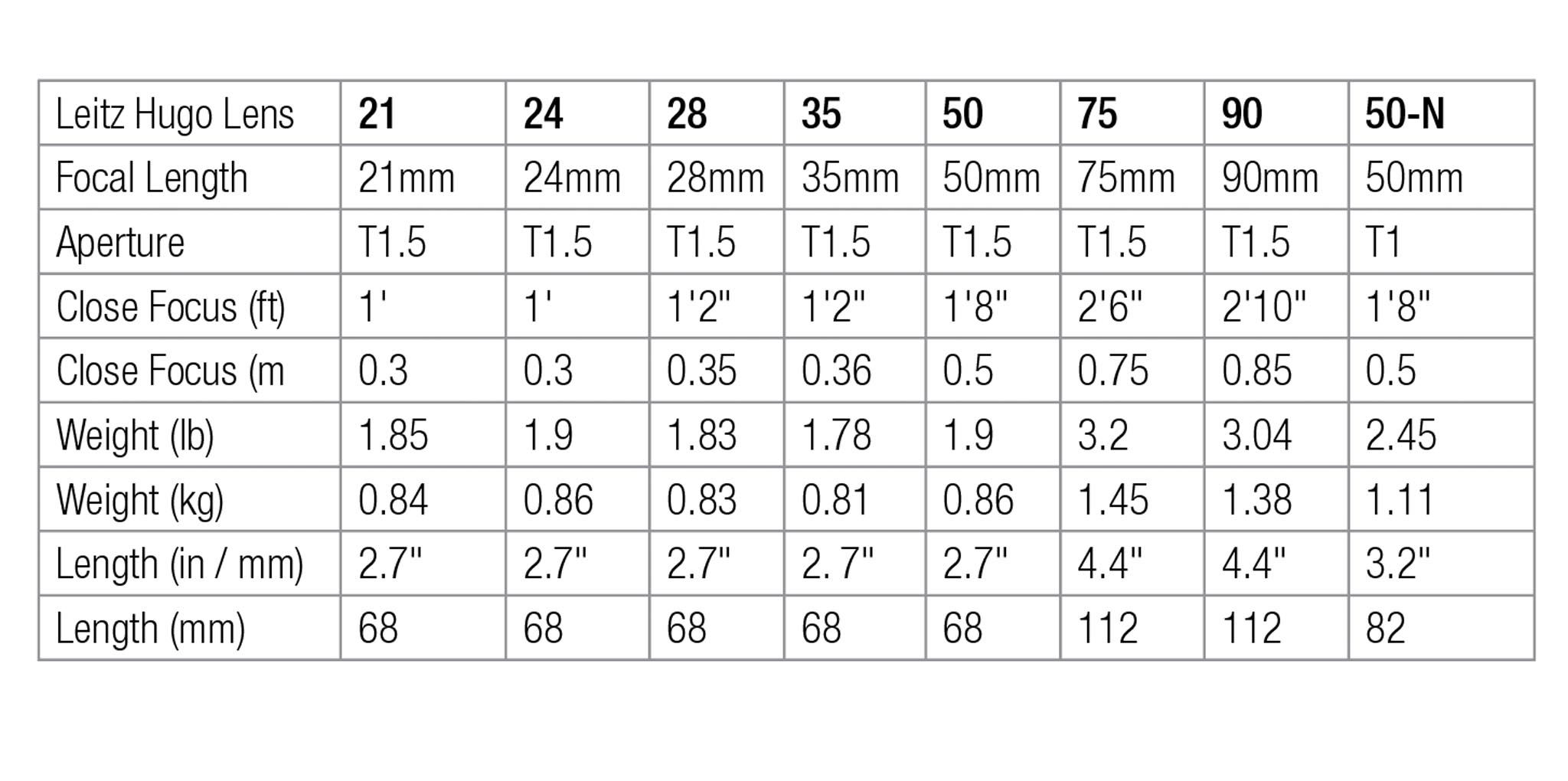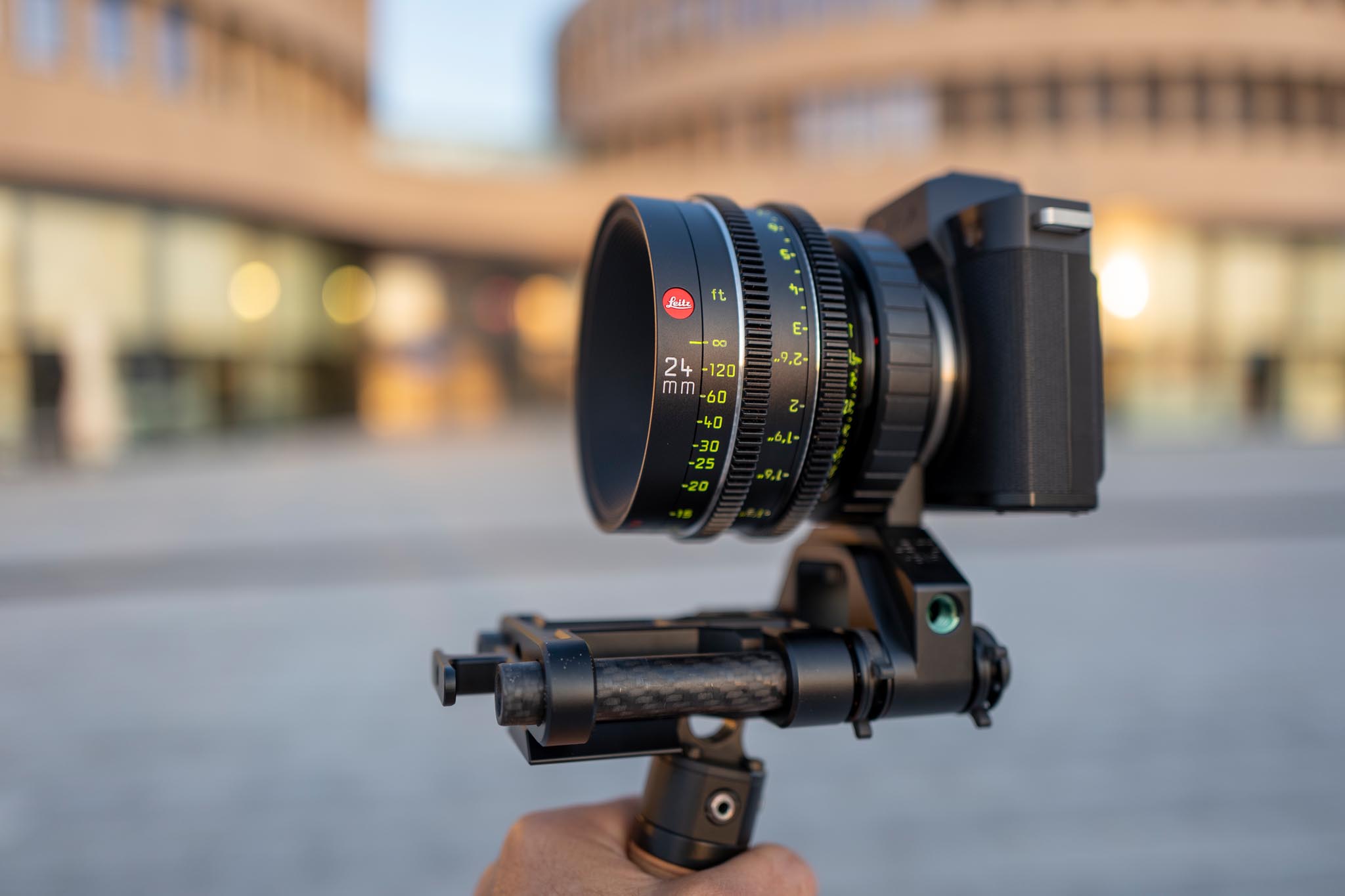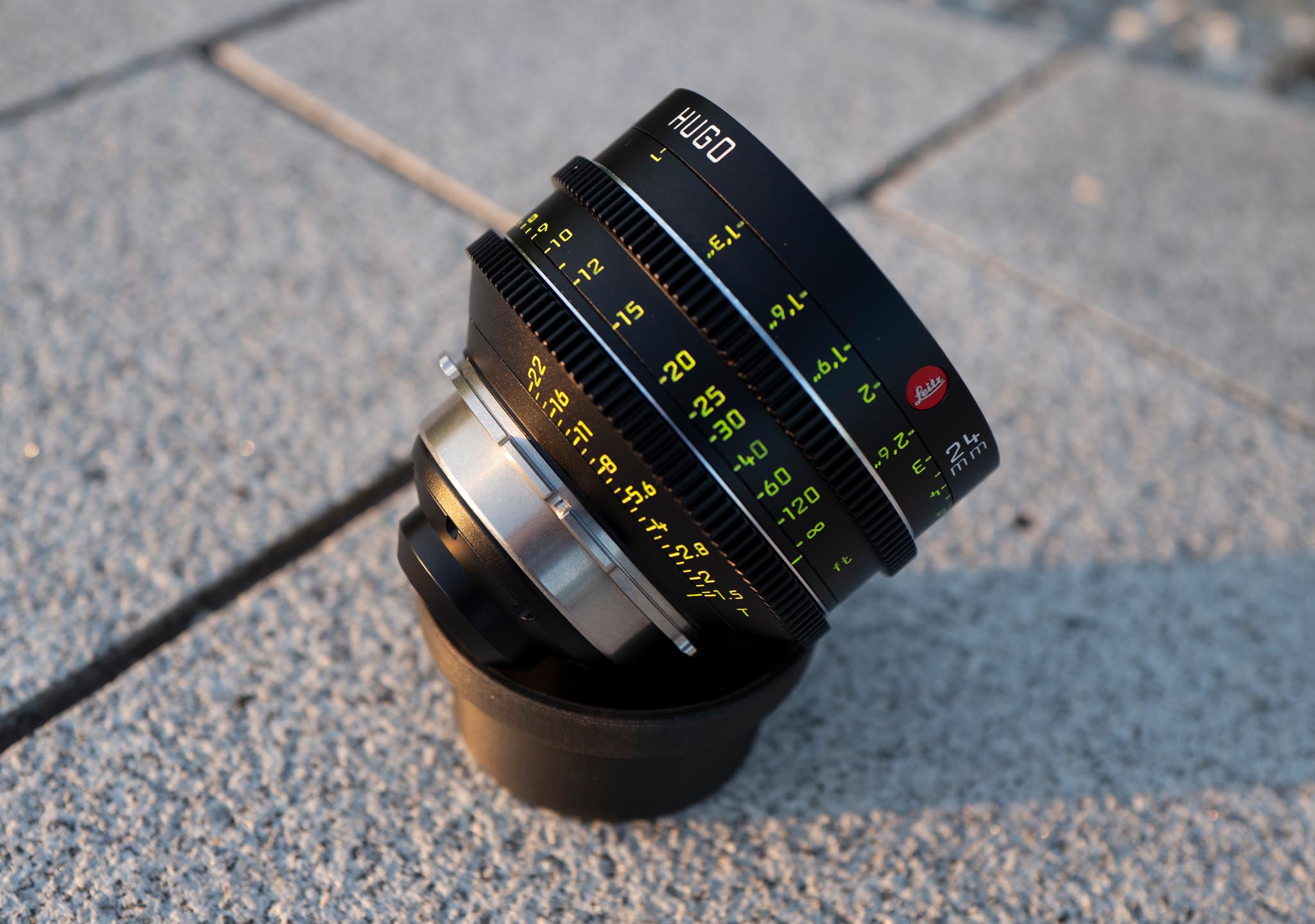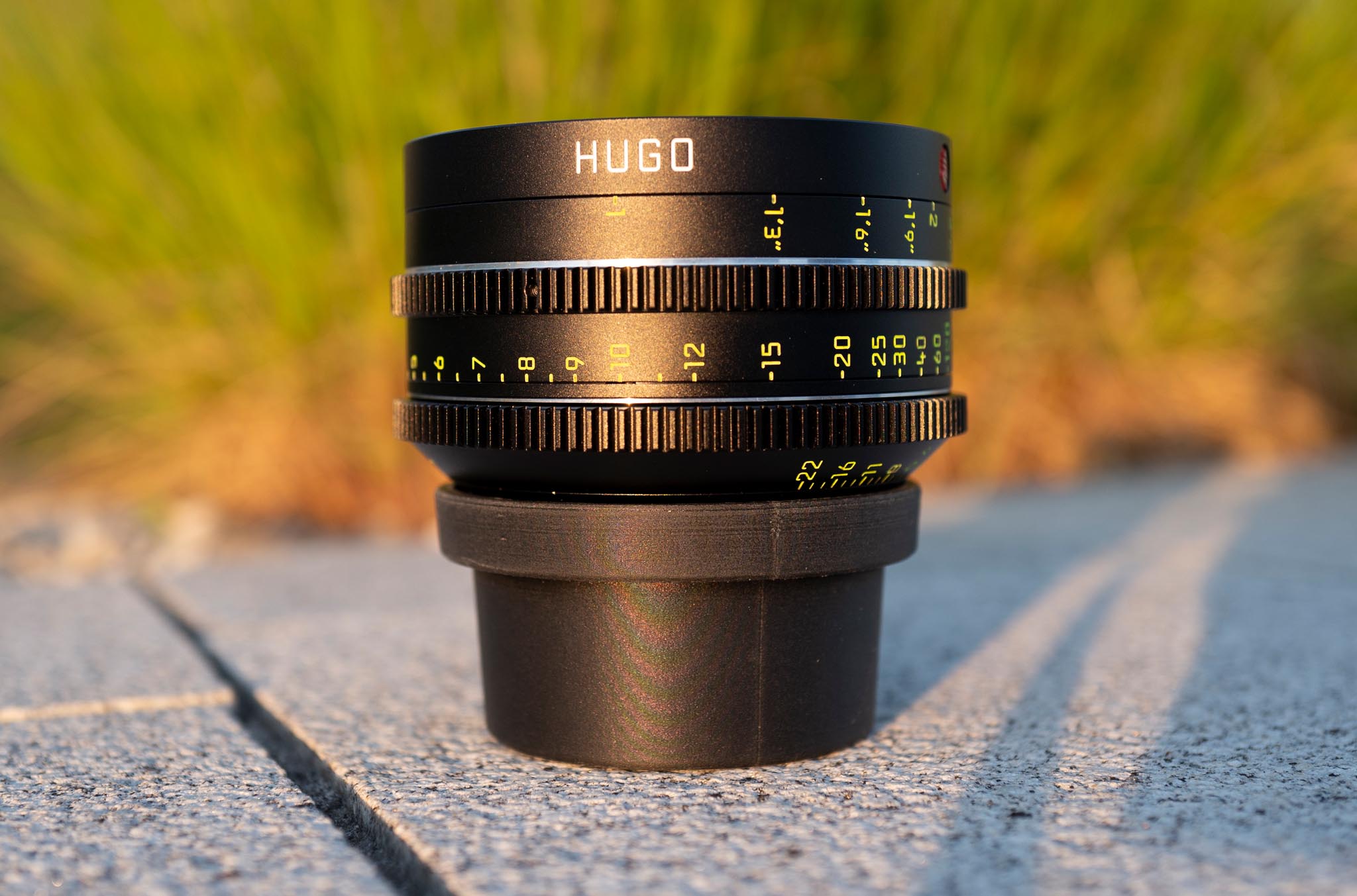Meet Hugo
Hugo joins Leitz Prime, Elsie and Henri in the eponymous family of cine lenses and finders at Ernst Leitz Wetzlar.
Hugo Wehrenfennig, a talented mechanical engineer, helped design many early M Mount lenses and created the original Leica M Mount. Its four-pronged bayonet assembly was essential to Leica’s M3 camera that was introduced at Photokina in 1954. The M mount has connected Leica M cameras and M lenses to this day.
September 6, 2022. Greetings from Wetzlar, Germany.
Ernst Leitz Wetzlar introduces the Leitz Hugo series of cine prime lenses. The initial set of 7 consists of 21, 24, 28, 35, 50, 75, 90 mm — all T1.5. There is an additional 50mm T1.0 lens in the series. They are expected in Q1 2023.
Meet Hugo Cine Lenses
A set of seven: 21, 24, 28, 35, 50, 75, 90 mm. Wait, wait—don’t these focal lengths sound familiar? Yes. Hugo is based on the same optics as Leica M 0.8 lenses, which in turn are mechanically modified versions of the classic, iconic Leica Summilux and Noctilux M mount lenses.
As anyone who loves Leica M lenses knows, they are almost impossible to find in PL mounts. It’s a matter of diameters and depth. M lens mounts have a 44 mm inside diameter, a flange focal depth of 27.8 mm, and average 55 mm in length. PL mounts have a 54 mm diameter and 52 mm FFD. Therefore, about 80% of an M lens would wind up inside the PL mount itself, if it fit at all. You wouldn’t even have access to the focus or iris rings.
The workaround up to now has been a dedicated M mount screwed onto your ALEXA, VENICE or RED camera. But then you wind up swapping mounts to use other lenses.
“We had to wait for the LPL mount and see how it was accepted in the industry,” said Rainer Hercher, Managing Director of Ernst Leitz Wetzlar. “Once we saw it had legs, we designed Elsie primes with LPL mounts. The advantages were clear: shorter flange focal depth and benefits for wider angle lenses.
“There were several reasons to introduce Leitz Hugo prime lenses: the beauty of Leica M lens images, the success of our M 0.8 series, and the opportunity to make dedicated cine lenses using beloved M lens elements.”
Hugo lenses have the same optical design and internal glass elements as the Leica M series. The glass and coatings remain unchanged. It’s the mechanical design that is completely new. Focus mechanisms use cam followers instead of threads. Close focus is much closer. The front diameter of all Hugos is 95 mm. Focus marks are spaced with focus pullers in mind. Hugo lenses are super lightweight and small. Most of them weigh less than 1 kg.
The initial Hugo set will expand with additional 18mm and 135mm lenses designed in close partnership with Leica.
Hugo lenses will have user-swappable options of LPL, Leica M or Leica L Mounts. And, existing owners of M 0.8 lenses can have the lenses converted at the factory to Hugo lenses. Price and availability of this conversion is to be determined.
There’s a historical precedent to this munificence. In an article “How Leica Bayonetted its Customers Without Screwing Them: The Curious Ins & Outs of Leica Screw-to-M Mount Adapters,” Jason Schneider wrote: “Hugo Wehrenfennig, the man who designed the iconic 4-lobed bayonet M mount also devised the simple but sophisticated Leica screw-to-M Mount adapter. The adapter lets you mount almost any Leica Thread Mount (LTM) lens on a Leica M body, retaining full functionality…and a stunning example of non-obsolescence that demonstrated Leica’s commitment to its loyal customers who had purchased thousands of screw mount Leica cameras and lenses as far back as 1930.
“It was Hugo Wehrenfennig’s idea to reduce the flange focal distance of the Leica M system to 27.8 mm, which is 1 mm shorter than the 28.8 mm distance in previous LTM screw mount Leicas. Hugo deserves his own statue beside Oskar Barnack and Hektor, Max Berek’s dog.” (Max Berek was Leica’s legendary lens designer starting in 1924 and several lenses were named after his dog.)
Extremely Light and Incredibly Close
Cinematographers have been dreaming of lenses like these since the days of Berek and Barnack and Hugo Wehrenpfennig. Leitz Hugo Cine Primes fullfil these expectations with production-ready mechanics, solid LPL mounts, and closer focus than was ever achieved in the original M lenses from which they descend.
Focus and iris barrels are where you want them. Expanded focus scales rotate the expected 270°. Iris barrels rotate 70.5°. These are significant achievements over M 0.8 lenses, whose lens marks were sarcastically said to be so close together you could change settings by merely wishing it to be so.
The exuberant one-line pitch is this: “Extremely light and incredibly close, very small and very fast, constant companions that you can put in a carry-on bag or carry in a backpack everywhere you go, for every imaginable setup, from studio to Steadicam, gimbals to geared heads, drones to dramas.”
The Look
Oskar Barnack’s 1913 Ur-Leica, introduced at the Leipzig Fair in 1925, was the Ur-Mirrorless camera and lens system of its day. The legacy of incredible lenses for those Leica “mirrorless” cameras can be credited to three of the company’s notable optical designers: Max Berek, Walter Mandler and Peter Karbe, and many others on the design team.
What do these ancient, vintage and modern Leica lenses look like? A common theme runs through: sharp eyelashes, silky smooth skin tones, glimmering bokeh, Purkinje effected greens in lush forests, made even more vivid with Summilux M lenses, a difficult to describe three dimensional look, and stunning portraits.
Rainer Hercher describes Leica M lenses—and the new Hugo series: “Hugo is the artist in the Leitz family of Full Frame lenses. Their history is from the 2000s to 2022, with a 90-year heritage, in a modern housing. Hugo primes are very fast and super sharp in the center. They have a pleasing fall-off toward the edges, with a painterly balance of focus, out-of-focus areas and field curvature. Slight distortion and aberrations are not overtly overly-corrected out. Bokeh may contain rainbow colors. Flares are gorgeous. Many of us grew up with iconic Leica images. You rarely find a DP shooting a movie with just one set of lenses. Now you can shoot with crystal clear Leitz Primes, easy-going Elsie, and now with the special look of Hugo.”
Anthony Lane, film critic for The New Yorker, wrote, “Even if you don’t follow photography, your mind’s eye will still be full of Leica photographs. The famous head shot of Che Guevara was taken on a Leica with a portrait lens—a short telephoto of 90 mm—by Alberto Díaz Gutiérrez, better known as Korda, in 1960. Still, why should one lump of metal and glass be better at fulfilling that duty than any other?”
As Antoine de Saint-Exupery said, “Perfection is achieved not when there is nothing more to add but when there is nothing left to take away.”
Hugo Specifications
- Image Circle: 43.3 mm
- Lens Mount: LPL, Leica M, Leica L Mounts
- Front Diameter: 95 mm
- Front Filter: M 92 mm x 1 screw-in
- Gear Rings: Matched locations for all focal lengths
- Focus Rotation: 270°
- Iris Rotation: 70.5° (except 50-N rotates 81°)
- Focus Scales: Imperial or Metric, easily swapped
- Iris: 11 Blades, Circular Shape
The price for the set of 7 lenses is 107.300€ and the 50 mm T1.0 is 18.900€.


